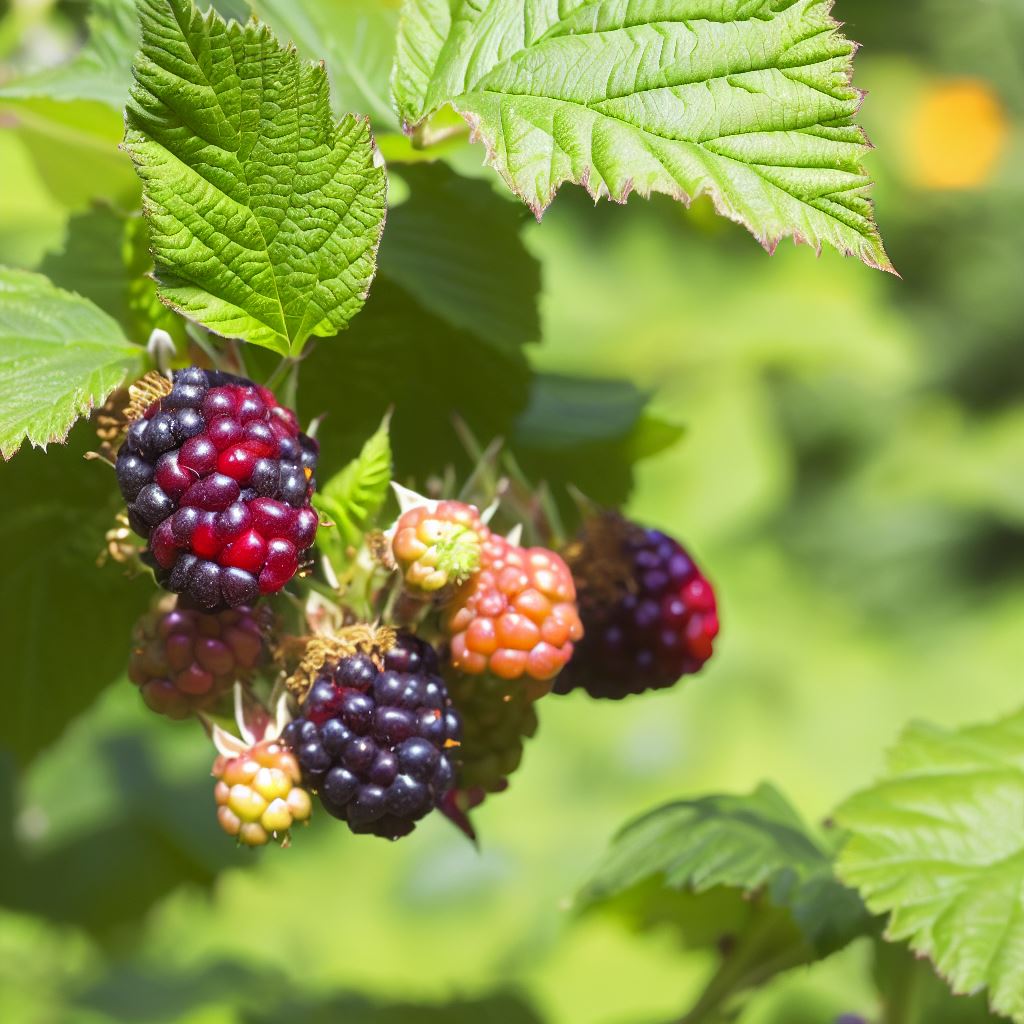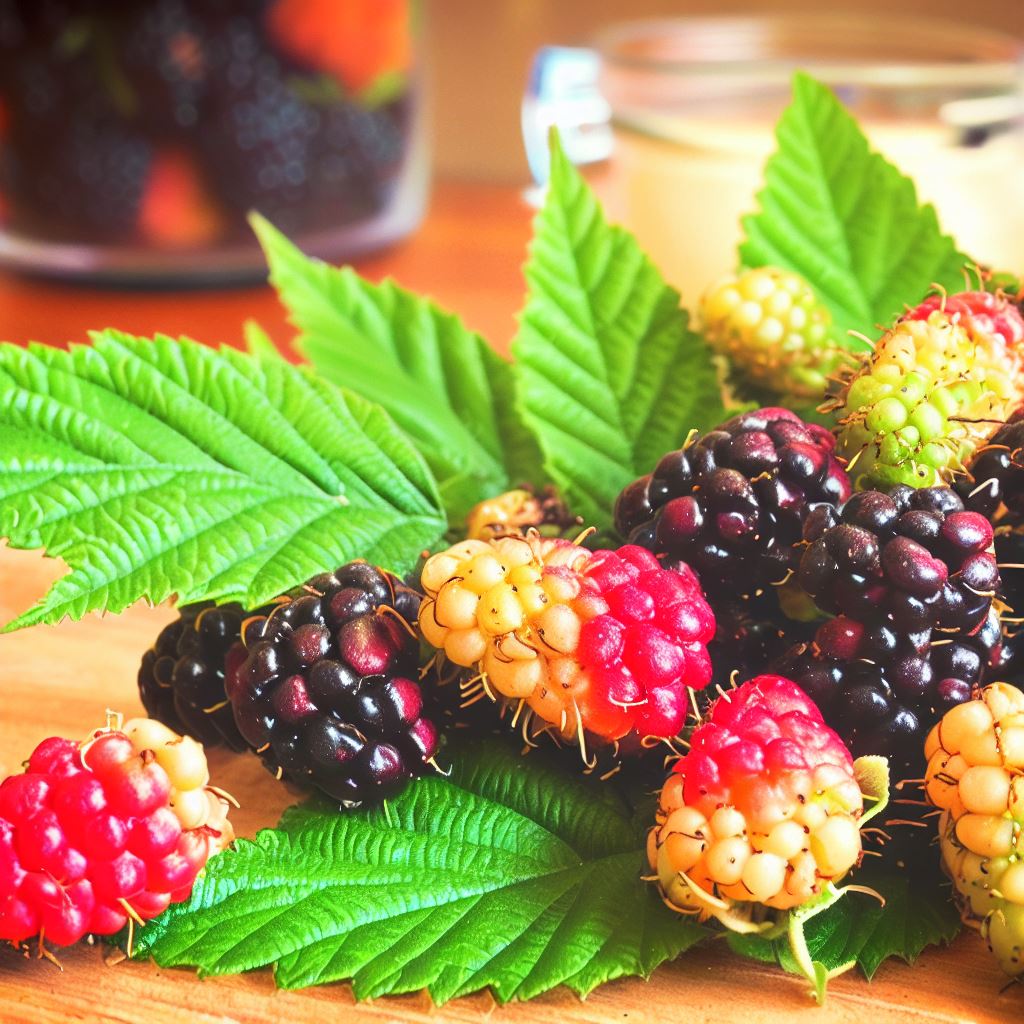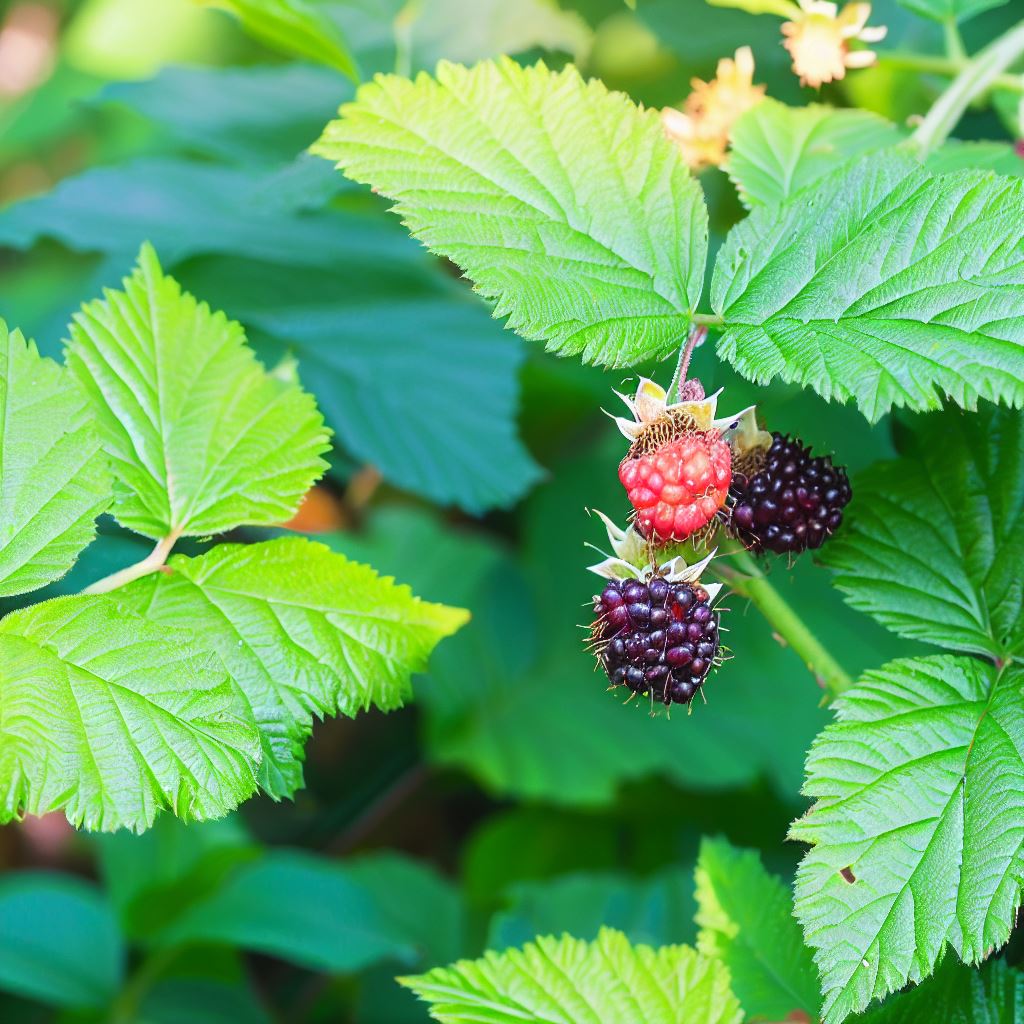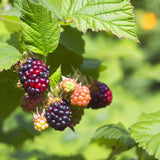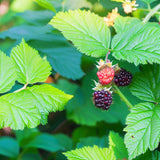Rubus allegheniensis (Allegheny Blackberry, Appalachian Blackberry)
Rubus allegheniensis (Allegheny Blackberry, Appalachian Blackberry) is a species of blackberry native to eastern North America, including regions such as the Appalachian Mountains and parts of the eastern United States and Canada. Here is a description of the Allegheny blackberry:
Growth Habit: The Allegheny blackberry is a deciduous shrub that belongs to the Rubus genus, which includes various types of raspberries and blackberries. It typically grows in a sprawling, thicket-like manner, with arching canes that can reach heights of 3 to 6 feet (1 to 2 meters).
Leaves: The leaves of the Allegheny blackberry are compound with three to five leaflets. Leaflets are serrated along the edges and have a green color.
Flowers: The blackberry plant produces white to pale pink flowers with five petals. These flowers typically appear in late spring to early summer and are an important part of the plant's reproductive cycle.
Fruits: The fruit of the Allegheny blackberry is the defining feature. It consists of small, round, and juicy blackberries that are typically dark purple to black when ripe. These blackberries are sweet and tart, making them a popular choice for fresh consumption, pies, jams, and other culinary uses. The fruit ripens in mid to late summer, depending on the local climate.
Habitat: Allegheny blackberries are often found in a variety of habitats, including open woodlands, roadsides, and disturbed areas. They thrive in well-drained soil and are often found in regions with a temperate climate.
Growth and Spread: The plant reproduces through both seeds and vegetative means. It spreads by sending out long, arching canes that can root at their tips when they touch the ground, creating new plants.
Ecological Importance: Allegheny blackberries provide food for various wildlife, including birds and mammals. They also play a role in stabilizing soil and preventing erosion due to their dense growth habit.
Cultivation: Some gardeners and farmers cultivate Allegheny blackberries for their delicious fruit, and cultivated varieties are available for this purpose. Careful pruning and support structures are often used in commercial cultivation to manage the plant's growth and facilitate harvesting.
The Allegheny blackberry is prized for its tasty fruit and is an important part of the ecosystem in its native range. It's also a popular choice for foragers and home gardeners looking to enjoy the flavorful berries it produces.
Botanical Name : Rubus allegheniensis
Common Name : Allegheny Blackberry, Appalachian Blackberry
Height : 3-6 ft
Spread : 3-9 ft
Germination Info : Seed requires 90 days cold moist stratification
Hardiness zone : 3+
Average seed per ounce : Approx. 11,875


